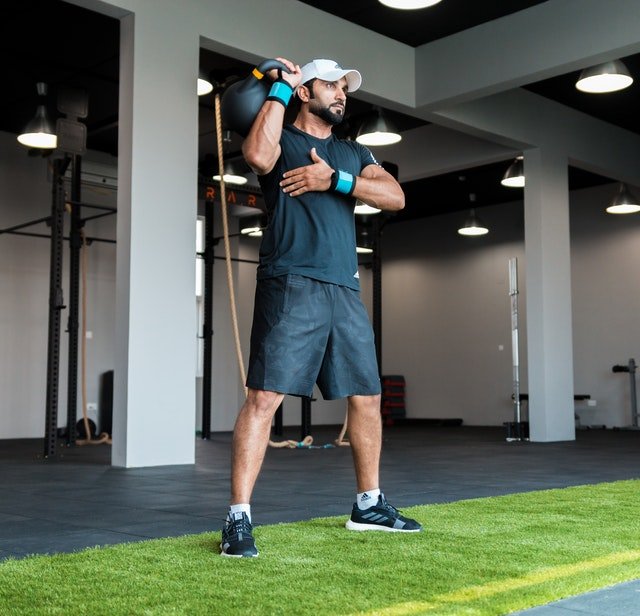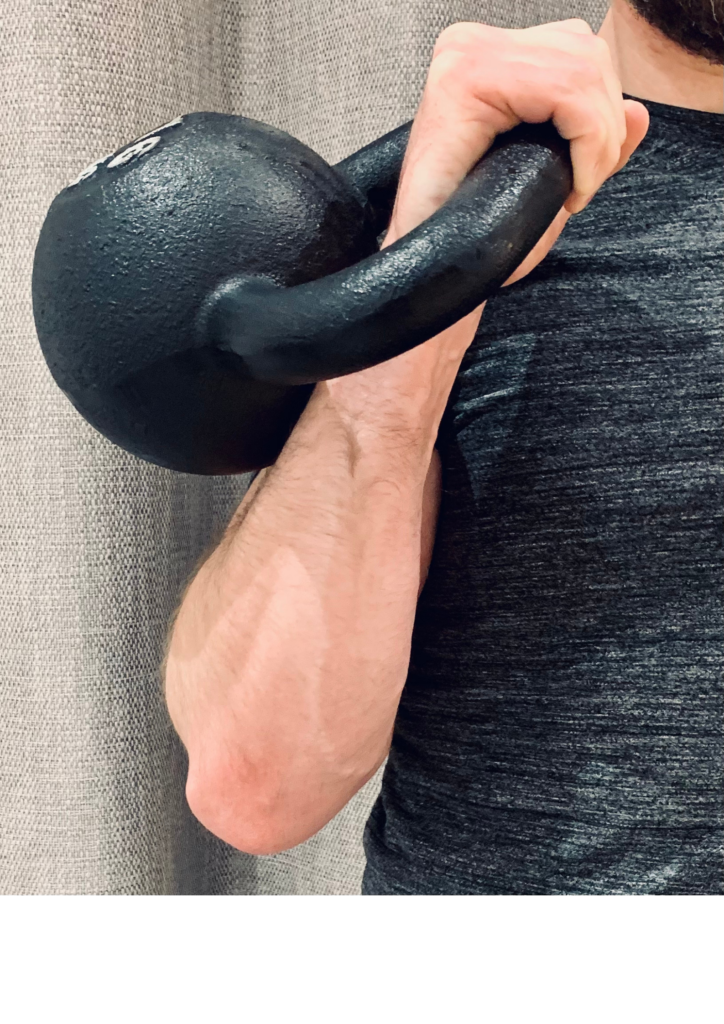Bruising From Kettlebell? (10 Ways To Prevent That Pain)
Do you love getting a good workout in, but don’t like the pain that sometimes comes along with it?
Kettlebells are a great way to get in shape and stay healthy, but if you’re not careful you can end up with some nasty bruises.
Don’t let the fear of bruising keep you from using kettlebells! With a little bit of caution and common sense, you can avoid any unwanted injuries.
If you’re new to kettlebells, you may be wondering how to avoid bruising.
Kettlebells are a great way to get an intense workout, but they can also cause bruising if you’re not careful. In this post, we will discuss 10 tips that will help prevent bruising and help heal any existing bruises. Let’s get started!
Why Do You Get Bruising From Kettlebells?
Before we discuss how to avoid bruising, let’s first understand why bruising occurs. When you rack/snatch or press a kettlebell, the weight of the kettlebell creates impact and friction on your skin. This can result in small blood vessels breaking which causes bruising. In addition, if you are not using proper form when swinging a kettlebell, you may be more likely to bruise yourself. This happens more with new kettlebell users, as well as when people increase the weight of the kettlebell and the bell is a little larger, which means it may sit on a different part of the forearm when racked. It can also happen when you get tired and have sloppy form/technique. Bruising normally calms down after a week or so.
How to Avoid Bruising From Kettlebells
1. Form Is Key
There are several things you can do to avoid bruising when using kettlebells. First, make sure you are using the proper form. This will help reduce the impact and friction on your skin.
It should clear up with experience and I would also check your grip. If your kettlebell has any kind of flat surface or embossed imagery on the side, this may be a reason why it’s doing the bruising.
Sometimes that combination of the kettlebell’s weight/geometry and the person’s anatomy/strength put the kettlebell right on the bones of the wrist and make things a little painful. Once you toughen up a little, it shouldn’t hurt even with heavier weights.
You could use a lightweight kettlebell until you get used to the movement. Once you are comfortable with the movement, you can slowly increase the weight.
Remember to swing the kettlebell in an arc rather than a straight line. This will help reduce impact and friction on your skin if it is changing direction without you cushioning the bell correctly.

2. Warm Up
Be sure to warm up before your workout. Warming up will help increase blood flow and make your skin more elastic, which will help reduce the risk of bruising.
I found that the best way to “dial in” my technique was making sure I took extra sets to warm up. I would use lighter kettlebells (10kg, 12kg) to make sure I could really “snap” the weight and have it moving efficiently.
It’s been a few years, but I still make sure to take a few warm ups on each side with one of the lighter kettles before getting into it.
3. Learn Proper Wrist Positioning
One of the most common causes of bruising from kettlebells is improper wrist positioning. When you swing a kettlebell, your wrists should be in line with your forearm, not extended out or flexed inward. This will help reduce the impact on your wrists and reduce the risk of bruising.
If you’re wearing a FitBit, Apple Watch or any type of tracking equipment, take them off. You may lose the ability to track your heart rate or calories but having bad form or a bruised forearm isn’t worth it.
4. Learn Proper Rack Positioning
Another common cause of bruising from kettlebells is improper rack positioning. When you rack a kettlebell, your wrists should be in line with your elbows, not extended out or flexed inward.
This will help reduce the impact on your elbows and reduce the risk of bruising.

5. Learn How To Properly Clean And Snatch A Kettlebell
The most common cause of bruising from kettlebells is improper cleaning and snatching technique.
When you clean a kettlebell, your wrists should be in line with your elbows, not extended out or flexed inward. This will help reduce the impact on your shoulders and reduce the risk of bruising.
6. Use A Kettlebell With A Smooth Finish
Another way to reduce bruising from kettlebells is to use a kettlebell with a smooth finish. This will help to reduce the friction on your skin and reduce the chances of bruising.
7. Wear Protective Gear
If you are still concerned about bruising from kettlebells, you can wear protective gear such as gloves, forearm shields or elbow pads. This will help to reduce the impact on your skin and reduce the risk of bruising.
You can use tennis wristbands as a precaution on your forearms, as they will allow you to train even if I are bruised there. However, try to perfect your form as opposed to relying on padding equipment you are wearing to reduce the bruising.
Although some people don’t recommend wearing any protection as they can enforce bad habits.
8. Work With A Trainer
If you are new to kettlebells, it is always a good idea to work with a trainer. They can help you learn proper form and technique so that you can avoid bruising from kettlebells.

9. Take breaks often
Don’t forget to take breaks often when working out with kettlebells. This will help to reduce the risk of bruising and will also help your body to recover.
10. Drink Plenty of Water
It is important to stay hydrated when working out with kettlebells. This will help to reduce the risk of bruising and will also help your body to recover.
Final Thoughts…
There are a few things that you can do to reduce the risk of bruising from kettlebells. These include working with a trainer, taking breaks often, and staying hydrated.
If you do bruise, there are a few things that you can do to help heal it. These include applying ice, taking over-the-counter medication, and using a topical cream to reduce the inflammation.
Do you have any other tips for reducing the risk of bruising from kettlebells? Share them with us in the comments!
More often than not, bruising from kettlebells is just a case of tweaking your form a little to remedy the issue, or if you have changed the kettlebell, give it time to allow your body to adjust to the new area it rests in.
Bruising is a common problem that can be easily fixed with some simple changes to your routine. I hope you’ve found these tips helpful and that they have reduced the amount of bruising you experience.
If you enjoy sport and use CBD to help with your recovery in between gruelling workouts, then your are in the right place. Here at Sport CBDs, we train hard and recover the best way possible…
We have regular workouts (check out the YouTube channel), CBD news and CBD products to help you gain that edge!
If you wanted to check out the reputable CBD we have on offer here at the site, then please head to the Sport CBDs Store (CLICK HERE). We also do fitness clothing and yoga accessories too.
Until next time, all the best…


